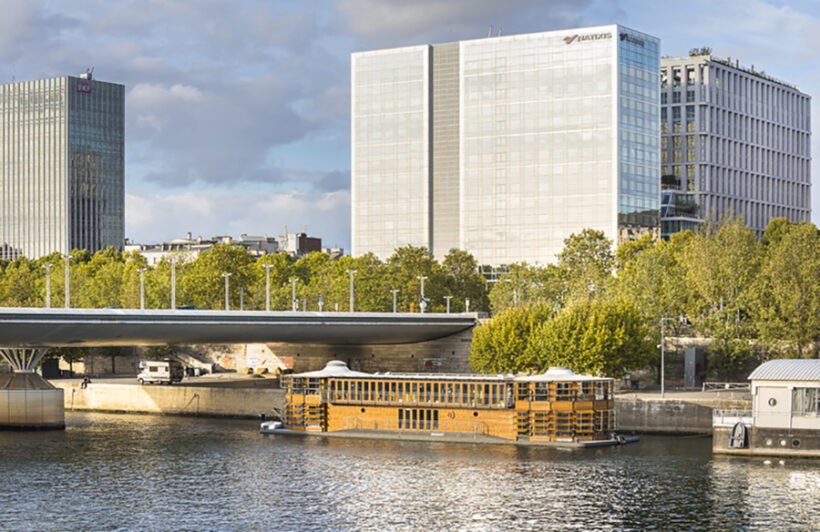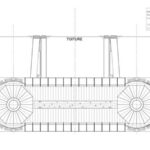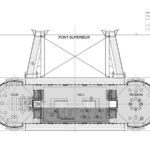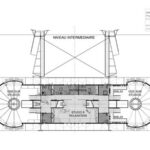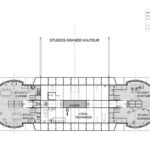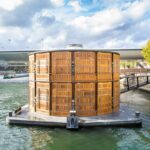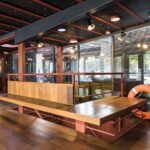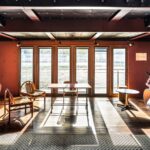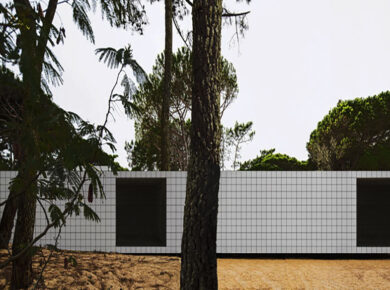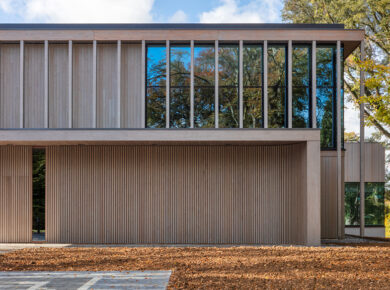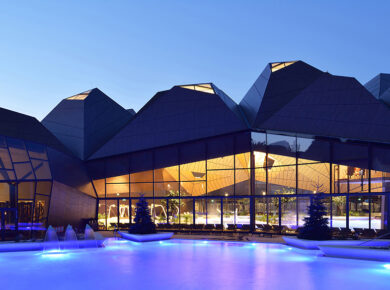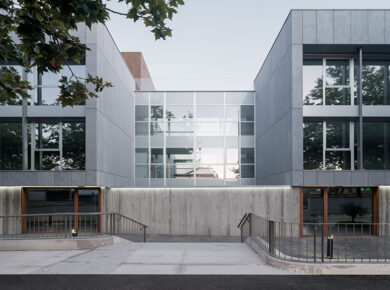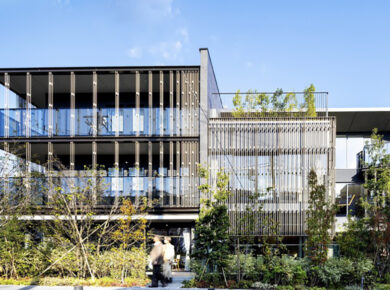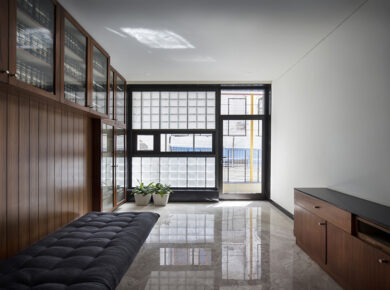In 2019, Seine Design unveiled ADAMANT, a psychiatric hospital nestled by the river in the heart of Paris, France. Departing from traditional medical facilities, this innovative structure reimagines psychiatric care, offering patients a space reminiscent of an artist’s studio rather than a conventional hospital environment.
Fostering Healing through Creativity
The hospital’s primary objective was to minimize prolonged hospital stays for patients with diverse pathologies by providing therapeutic workshops and healthcare team offices. Through a program of creative activities like pottery and music, ADAMANT aimed to create an inviting space where patients feel compelled to engage, a crucial step towards their social reintegration.
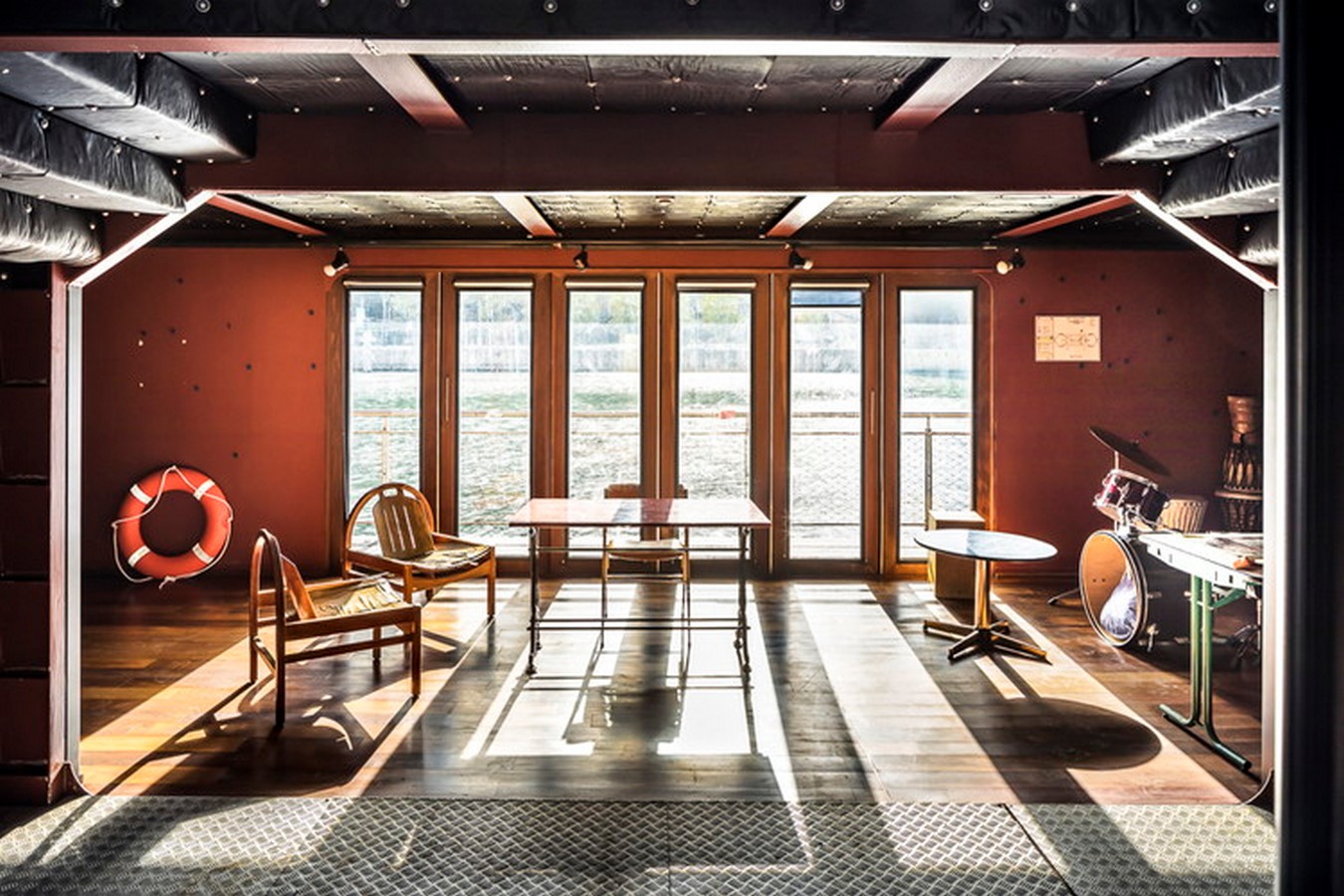
Embracing Collaboration and Meaningful Design
During construction, emphasis was placed on creating a building that resonated with its occupants. Raw elements like steel walls were preserved, bearing the marks of construction and fostering a sense of continuity. Workers, patients, and caregivers collaborated to ensure the building’s design met the needs of its users, thereby imbuing the space with significance and purpose.
Harmonizing with Nature
The hospital’s design integrates seamlessly with its natural surroundings, transforming everyday weather phenomena into captivating experiences. Rain showers, sunlight reflections, and the passage of boats on the river create a dynamic interplay of light and shadow, contributing to a soothing atmosphere within the building.
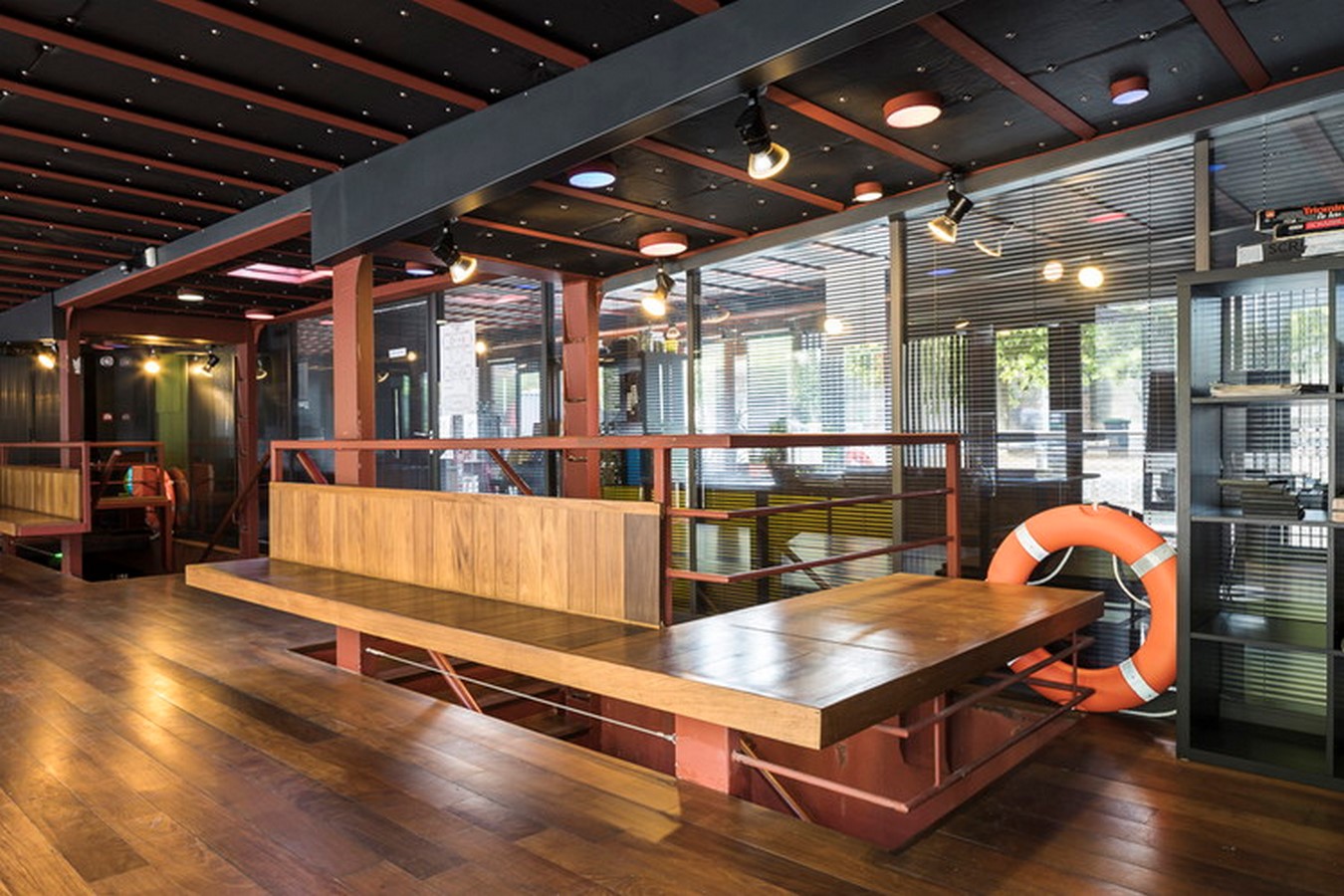
Blurring Boundaries: Interior and Exterior Connectivity
Adamant Hospital maintains a symbiotic relationship with its environment, with exterior access bridges and transparent rotundas enhancing its openness to the river. The façades feature modular wood panels with movable shutters, allowing for variations in light and ambiance throughout the day. The inclination of wooden slats invites water reflections into the interior, blurring the boundaries between inside and out.
Human-Centric Design: Balancing Comfort and Functionality
Central to the hospital’s design philosophy is the creation of spaces that prioritize patient comfort and encourage their return. Therapy and meeting spaces are crafted with natural materials like steel and wood, evoking a warm and domestic ambiance. Meticulous attention to scale and symmetry further enhances the building’s institutional identity while maintaining an openness to the public.
In conclusion, Adamant Hospital stands as a beacon of innovation in psychiatric care, redefining the traditional hospital paradigm with its emphasis on creativity, collaboration, and human-centric design. By fostering a nurturing environment that promotes healing and social integration, it sets a new standard for psychiatric healthcare facilities worldwide.
